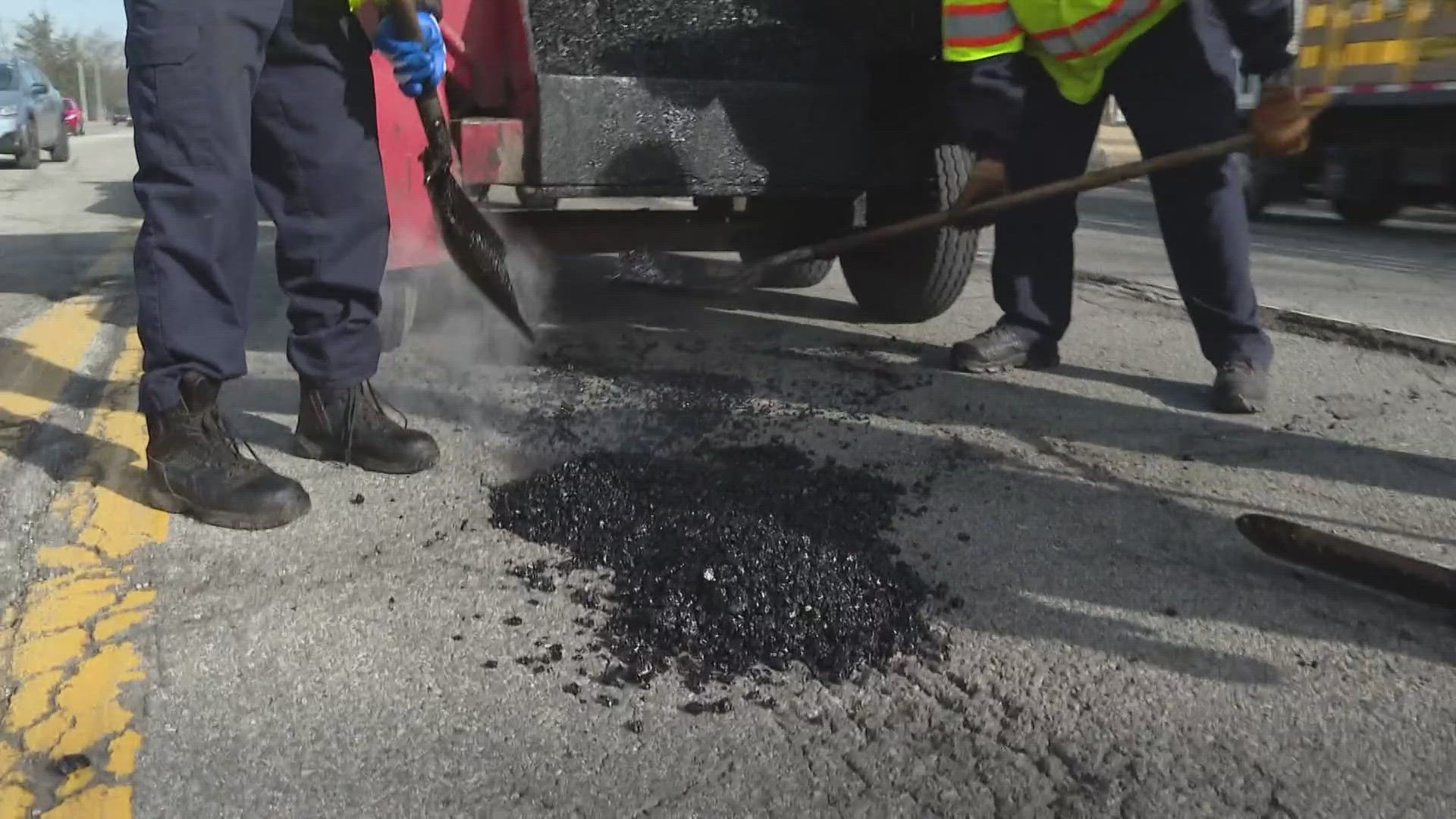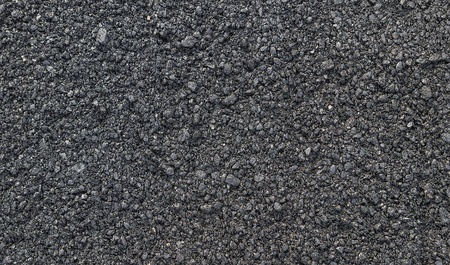Opening the Secrets of Warm Mix Asphalt Technology
Checking out the depths of hot mix asphalt innovation discovers a world where accurate formulas and precise processes assemble to shape our roads and infrastructure. The fusion of fillers, accumulations, and binders isn't merely a construction job yet a critical orchestration of longevity and performance. As we peer into the detailed dancing of components, a tapestry of strength and sustainability unravels. What exists underneath this surface of asphaltic proficiency, and what tricks wait to be unveiled in the world of leading advancements?
Significance of Warm Mix Asphalt
Warm Mix Asphalt plays a crucial role in modern infrastructure development due to its sturdiness and cost-effectiveness. As the most frequently made use of paving material for roads, highways, and vehicle parking great deals, Hot Mix Asphalt provides a variety of benefits that contribute to its significance in building and construction tasks.
The durability of Warm Mix Asphalt originates from its make-up, which consists of accumulations, binder, and filler materials that are very carefully chosen and mixed to meet specific efficiency needs. This exact mix leads to a strong and flexible sidewalk that can sustain constant use without significant wear and tear. Warm Mix Asphalt is 100% recyclable, more improving its sustainability and environmental advantages. Generally, the significance of Hot Mix Asphalt in framework development can not be underrated, as it proceeds to be a foundation of modern-day building and construction methods.
Components of Asphalt Mixes
The structure of asphalt blends includes very carefully selected accumulations, binder, and filler materials that are vital for achieving details performance demands. Accumulations are the main component of asphalt blends, providing stamina and security. These aggregates can be natural, such as gravel or crushed rock, or artificial, like recycled materials from old pavements. The binder, normally asphalt or asphalt cement, holds the accumulations with each other and provides versatility and durability to the mix. The choice of the binder is critical as it straight influences the mix's performance in various weather. Fillers, such as moisturized lime or Rose city concrete, are used to enhance the mix's workability and aging resistance. Angled Parking.
The combination and proportion of these elements play a considerable function in figuring out the top quality and performance of the asphalt mix. Designers meticulously make the mix to fulfill details needs, taking into consideration variables like website traffic quantity, environment problems, and sidewalk life-span. Correct choice and balancing of aggregates, binder, and fillers are important for creating durable, long-lasting asphalt sidewalks.
Combining and Manufacturing Methods

Once the aggregates are chosen, the binder, typically asphalt cement, is included to bind the products with each other. The binder's top quality and amount significantly impact the mix's resistance, strength, and flexibility to ecological variables. In addition, fillers like moisturized lime or Portland cement may be integrated why not look here to enhance specific characteristics of the asphalt mix, such as its workability or dampness resistance.
Throughout production, the aggregates and binder are heated, commonly in between 250-325 ° F(121-163 ° C ), to assist in blending and make sure appropriate covering of the aggregates. The blending process must be thorough to attain a homogeneous mixture that advertises the desired efficiency qualities of the asphalt. Various strategies, such as batch mixing or drum blending, are employed to attain high-quality and consistent asphalt blends for building projects.
Variables Impacting Asphalt Performance
Aspects influencing asphalt efficiency encompass a series of variables that impact the longevity, longevity, and total high quality of asphalt sidewalks. One key factor is the high quality of materials made use of in the asphalt mix. The type and resource of accumulations, the binder high quality, and the ingredients all play a considerable duty in identifying the efficiency of the asphalt pavement. The gradation of aggregates is vital as it affects the mix's workability, resistance, and stability to rutting and cracking.

Ecological conditions additionally influence asphalt efficiency. Temperature level variations, dampness infiltration, and website traffic loads can all affect the architectural stability of the pavement. Style factors to consider, such as pavement density and water drainage, are vital in ensuring the long-lasting efficiency of the asphalt pavement. By thoroughly taking into visit here consideration these elements, specialists and designers can optimize asphalt performance and improve the life span of sidewalks.
Sustainable Practices in Asphalt Modern Technology

Furthermore, the development of warm-mix asphalt (WMA) technologies has actually obtained grip over the last few years. WMA allows for the production and positioning of asphalt blends at lower temperatures contrasted to standard hot-mix asphalt, causing lowered power consumption and greenhouse gas emissions. The usage of permeable asphalt mixes can aid reduce stormwater runoff problems by allowing water to penetrate with the sidewalk and into the ground, advertising natural water filtration and charge processes. By applying these sustainable techniques, the asphalt market can add to developing an extra ecologically friendly and durable framework network.
Verdict
Finally, hot mix asphalt innovation plays a vital duty in modern infrastructure advancement because of its toughness and cost-effectiveness. By meticulously stabilizing components, employing proper mixing methods, and thinking about different aspects, designers can produce top notch asphalt blends that stand up to hefty traffic tons and extreme weather condition problems. Accepting lasting techniques, such as making use of warm-mix innovations and recycled materials, even more enhances the environmental kindness of asphalt modern technology.
Blending and production techniques in warm mix asphalt modern technology include the exact combination and processing of accumulations, binder, and fillers to produce a high-performance and durable asphalt mix.Factors affecting asphalt performance encompass an array of variables that affect the sturdiness, longevity, and total high quality of asphalt pavements. Lasting methods in asphalt innovation encompass different initiatives intended at minimizing the environmental influence of asphalt production and paving procedures. By integrating reclaimed asphalt sidewalk (RAP) and recycled asphalt shingles (RAS) into new asphalt mixes, the industry can substantially decrease the intake of raw materials and power, while likewise lowering garbage dump waste.
WMA permits for the production and positioning of asphalt mixes at reduced temperatures contrasted to traditional hot-mix asphalt, resulting in minimized power usage and greenhouse gas exhausts.